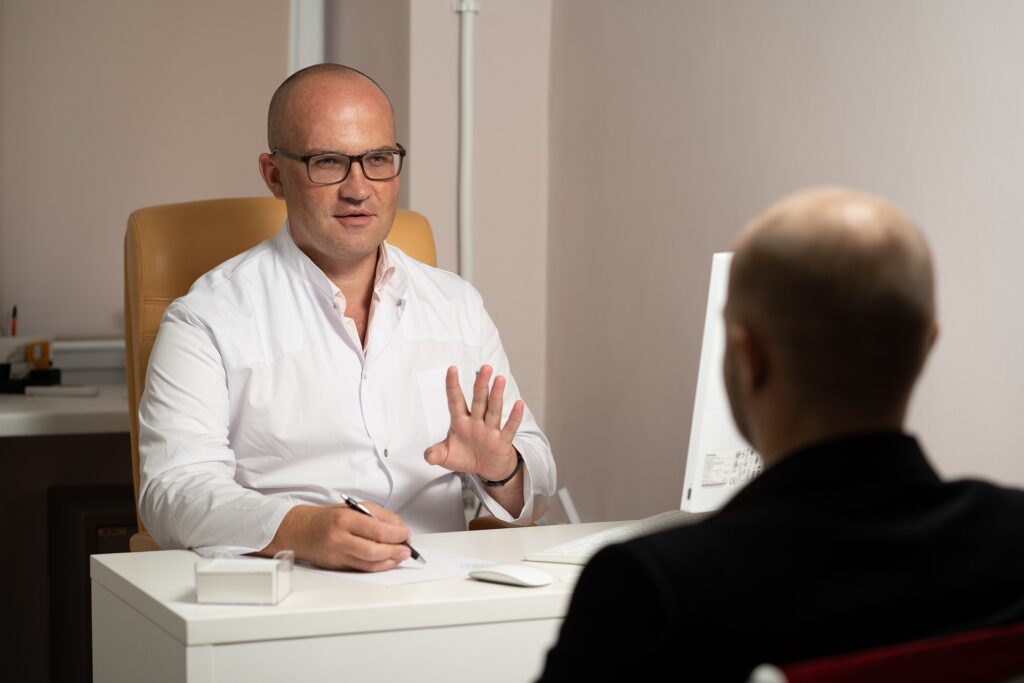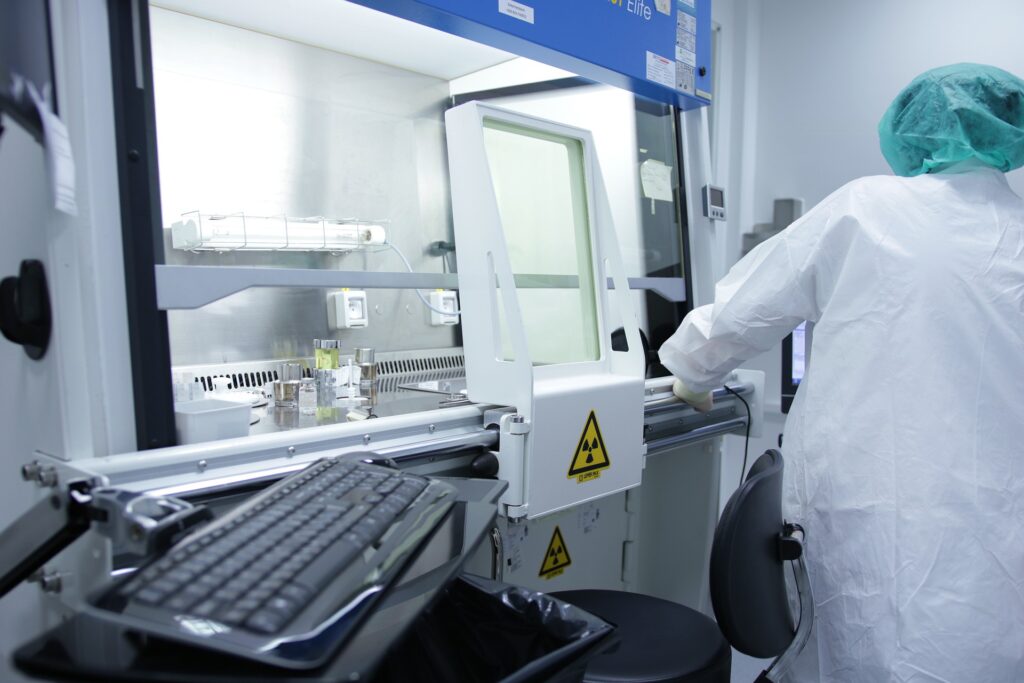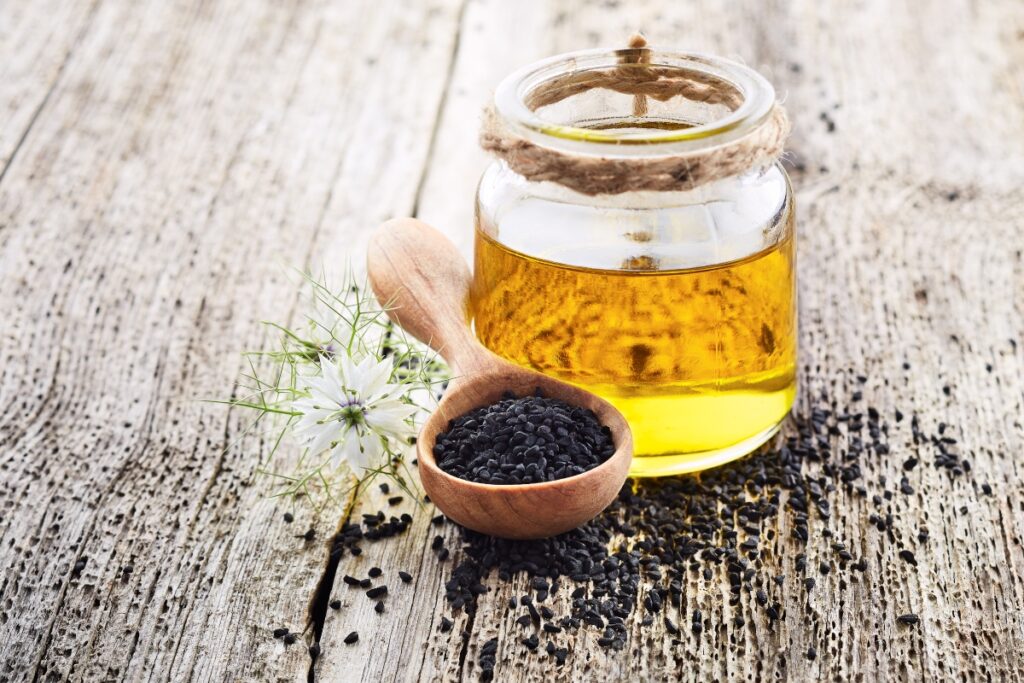NOVATEK PHARMACEUTICALS
What we do
Overview
Novatek Pharmaceutical was created to develop and commercialize an innovative therapeutic approach to treat cancers and infectious diseases. In other words, our product was driven by wanting to provide effective results to offer great health benefits with quality that lives up to the highest standards.
Novatek Pharmaceuticals Black seed oil is a natural product with therapeutic potential in management of NP-101 due to its anti-viral activity. Derived from Nigella Sativa plant, it has been extensively studied and shown to possess a wide spectrum of activities which include antibacterial, antifungal and antiviral effects among many others. Most of the therapeutic properties are due to N.Sativa, a major bioactive constituent of N. Sativa seeds.
N.Sativa may block the disease entry via ACE2 in pneumocytes. N. sativa oil produce antinociceptive effects through indirect activation of supraspinal μ1- and κ-opioid receptor subtypes. In addition, brain endogenous angiotensin II is involved in central nociceptive mechanisms by its antagonistic interaction with the endogenous opioid system. It has been shown that opioid active peptides such as hemorphins have inhibitory effect on ACE. This line of evidence suggests that opioid receptors and ACE share similar inhibitory molecules; and, as such, it is possible that N.Sativa might also block ACE2.
2021 clinical trial demonstrated that NP-101 has applications for immunotherapy and cancer treatment. The study showed the significant immunostimulatory effect of NP-101 on T cells.
Technology Overview
- NP-101 is an enteric GMP-manufactured oral drug that is derived from the natural product, black seed oil, that boosts T cell population. It’s a safe and tolerable immune modulator drug with a natural parent compound. The black seed was found to possess organ protection capabilities against toxic effects of cancer therapies on different organs including the heart, liver, and kidney.
- In the host, the virus life cycle consists of 5 steps: attachment, penetration, biosynthesis, maturation and release. Once viruses bind to host receptors, they enter through endocytosis or membrane fusion. Viral contents are released, viral RNA enters the nucleus for replication and new viral particles are released. Coronaviruses consist of 4 structural proteins; Spike (S), membrane (M), envelop (E) and nucleocapsid (N). The spike has two functional subunits; S1 is responsible for binding to the host cell receptor and S2 for fusion of the viral and cellular membranes.
- Pancreatic neuroendocrine cancer (pNEN) cells are very responsive to NP-101 at lower doses compared to other tumor models studies by other independent groups. NP-101 shows promise as an immuno-oncology drug across different cancer types. NP-101 synergized with ICPIs (Combination index CI<1) lead to significantly enhanced cell kill in NETs cellular models.
- N.Sativa may block the SARS-CoV-2 entry via ACE2 in pneumocytes. N. Sativa oil produce antinociceptive effects through indirect activation of supraspinal μ1- and κ-opioid receptor subtypes. In addition, brain endogenous angiotensin II was involved in central nociceptive mechanisms by its antagonistic interaction with the endogenous opioid system. Furthermore, it has been shown that opioid active peptides such as hemorphins have inhibitory effect on ACE. This line of evidence suggests that opioid receptors and ACE share similar inhibitory molecules and as such it is possible that N.Sativa might also block ACE2.



- Coronaviruses contain specific genes that encode proteins for viral replication, nucleocapsid and spike formation. Glycoprotein spikes on the surface are responsible for attachment and entry to host cells. MERS-coronavirus uses dipeptidyl peptidase 4 (DPP4), while HCoV-NL63 and SARS-coronavirus require angiotensin-converting enzyme 2 (ACE2) as a key receptor. Many host-cell receptors are recognized by the viral spike of SARS-Cov-2.
- In the host, the virus life cycle consists of 5 steps: attachment, penetration, biosynthesis, maturation and release. Once viruses bind to host receptors, they enter through endocytosis or membrane fusion. Viral contents are released, viral RNA enters the nucleus for replication and new viral particles are released. Coronaviruses consist of 4 structural proteins; Spike (S), membrane (M), envelop (E) and nucleocapsid (N). The spike has two functional subunits; S1 is responsible for binding to the host cell receptor and S2 for fusion of the viral and cellular membranes.
- Symptoms of patients infected with SARS-CoV-2 range from mild to severe respiratory failure with multiple organ failure. Because ACE2 is highly expressed on the apical side of lung epithelial cells in the alveolar space, this virus can enter and destroy them. This matches with the fact that the early lung injury is often seen in the distal airway. Patients with severe diseases show lymphopenia, particularly reduction in peripheral blood T cells.
- Thymoquinone may block the SARS-CoV-2 entry via ACE2 in pneumocytes. N. sativa oil and thymoquinone produce antinociceptive effects through indirect activation of supraspinal μ1- and κ-opioid receptor subtypes. In addition, brain endogenous angiotensin II was involved in central nociceptive mechanisms by its antagonistic interaction with the endogenous opioid system. Furthermore, it has been shown that opioid active peptides such as hemorphins have inhibitory effect on ACE. This line of evidence suggests that opioid receptors and ACE share similar inhibitory molecules and as such it is possible that thymoquinone might also block ACE2.
Technology Overview


Technology Overview
- Coronaviruses contain specific genes that encode proteins for viral replication, nucleocapsid and spike formation. Glycoprotein spikes on the surface are responsible for attachment and entry to host cells. MERS-coronavirus uses dipeptidyl peptidase 4 (DPP4), while HCoV-NL63 and SARS-coronavirus require angiotensin-converting enzyme 2 (ACE2) as a key receptor. Many host-cell receptors are recognized by the viral spike of SARS-Cov-2.
- In the host, the virus life cycle consists of 5 steps: attachment, penetration, biosynthesis, maturation and release. Once viruses bind to host receptors, they enter through endocytosis or membrane fusion. Viral contents are released, viral RNA enters the nucleus for replication and new viral particles are released. Coronaviruses consist of 4 structural proteins; Spike (S), membrane (M), envelop (E) and nucleocapsid (N). The spike has two functional subunits; S1 is responsible for binding to the host cell receptor and S2 for fusion of the viral and cellular membranes.
- Symptoms of patients infected with SARS-CoV-2 range from mild to severe respiratory failure with multiple organ failure. Because ACE2 is highly expressed on the apical side of lung epithelial cells in the alveolar space, this virus can enter and destroy them. This matches with the fact that the early lung injury is often seen in the distal airway. Patients with severe diseases show lymphopenia, particularly reduction in peripheral blood T cells.
- Thymoquinone may block the SARS-CoV-2 entry via ACE2 in pneumocytes. N. sativa oil and thymoquinone produce antinociceptive effects through indirect activation of supraspinal μ1- and κ-opioid receptor subtypes. In addition, brain endogenous angiotensin II was involved in central nociceptive mechanisms by its antagonistic interaction with the endogenous opioid system. Furthermore, it has been shown that opioid active peptides such as hemorphins have inhibitory effect on ACE. This line of evidence suggests that opioid receptors and ACE share similar inhibitory molecules and as such it is possible that thymoquinone might also block ACE2.
